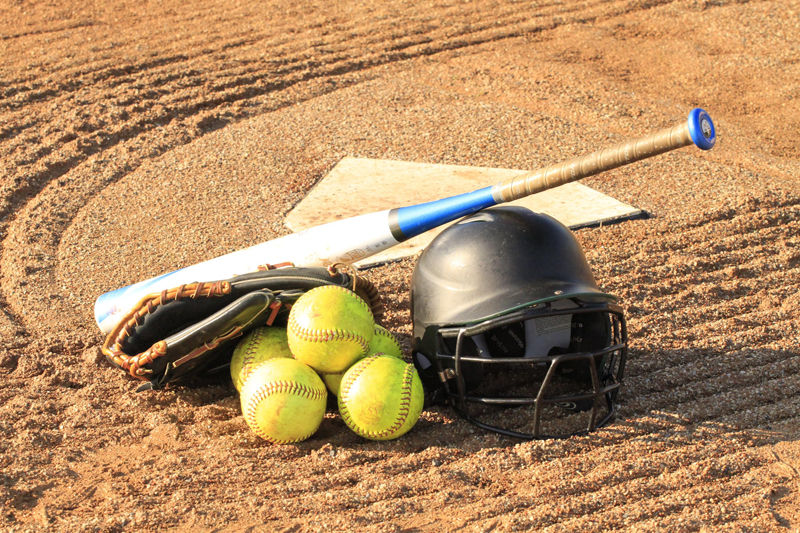Pitching to Contact in Softball - Team Approach

One of the assumptions made in the previous article is that fielding percentages apply to each team equally. Indeed, a comparison between fielding percentage (without strikeouts) and strikeouts per inning for all College Softball Division I teams shows no correlation between the two, so this assumptions seems valid. Yet, it has been my experience that teams who have dominant strikeout pitchers tend to make more errors if their defense is tested. Is there any hard data to back this observation up?
I refer the reader to one of my guest articles for SoftballPerformance.com (How 43’ will change High School Softball) that looked at team statistics between 1986 (the last year that College Softball pitched from 40’) and 1987 (pitching from 43’ for the first time). Overall, strikeouts decreased by 3 per game yet there were significantly fewer errors committed in 1987, despite many more chances because more balls were put in play. Therefore, we may conclude that a defense may get better because they have to make more plays in the field with a PtC pitcher and be on their toes. Conversely, a team that relies on a dominant strikeout pitcher may find that its defense is not as sharp as it could be. Human nature being what it is, it is natural for a defensive player’s focus to drift a little bit if she thinks that it is likely that a batter will not hit the ball.
So what to do with this insight? Given that I have almost always been the manager of a non-dominant PtC pitcher, I make a couple of assumptions about my competition. If they are like my team with less-than-dominant pitching, then I will assume that my hitters will hit better than theirs (I don’t know if I’m brave enough to wade into a hitting philosophy controversy right now, but maybe in a future series of articles) and my defense will be up to snuff, and we will outscore them. If we are facing a dominant strikeout pitcher, then I will assume that their defense is weak and try to exploit it with a little-ball attack, including bunts, slaps, bunt and runs and slap and runs. Frankly, if they have a dominant strikeout pitcher and a superior defense...well...I know we’re going to have to play above our heads and be a little lucky to win.
One of my assistant coaches used to say, “We just don’t have the horses to win” and I would respond, “Well then, we need to find a way to win with our ponies.” I believe the recipe for success with a PtC pitcher is to hit well no matter what the pitcher, play exceptional defense, and be prepared to play little ball whenever necessary. It has worked for my teams so far!
We’ll conclude this series by going over suggested pitch selections, which should actually work for both PtC and strikeout pitchers. If a pitcher can’t hit her spots, she’ll be toast before long. That is especially true for a PtC pitcher.
BellaOnline Softball Subject List: Coach´s Box, Health & Medical, History of Softball, International Softball, Organizations, Parents , Professional Softball, Reviews, Rules & Regulations, Scorekeeping, Stats & Analysis, Travel Ball |
This site needs an editor - click to learn more!
You Should Also Read:
Pitching to Contact -- Stats & Analysis subtopic
Pitching to Contact in Softball - Analysis
Pitching to Contact in Softball - Pitch Selection
Related Articles
Editor's Picks Articles
Top Ten Articles
Previous Features
Site Map
Content copyright © 2023 by Don McKay. All rights reserved.
This content was written by Don McKay. If you wish to use this content in any manner, you need written permission. Contact
BellaOnline Administration
for details.


